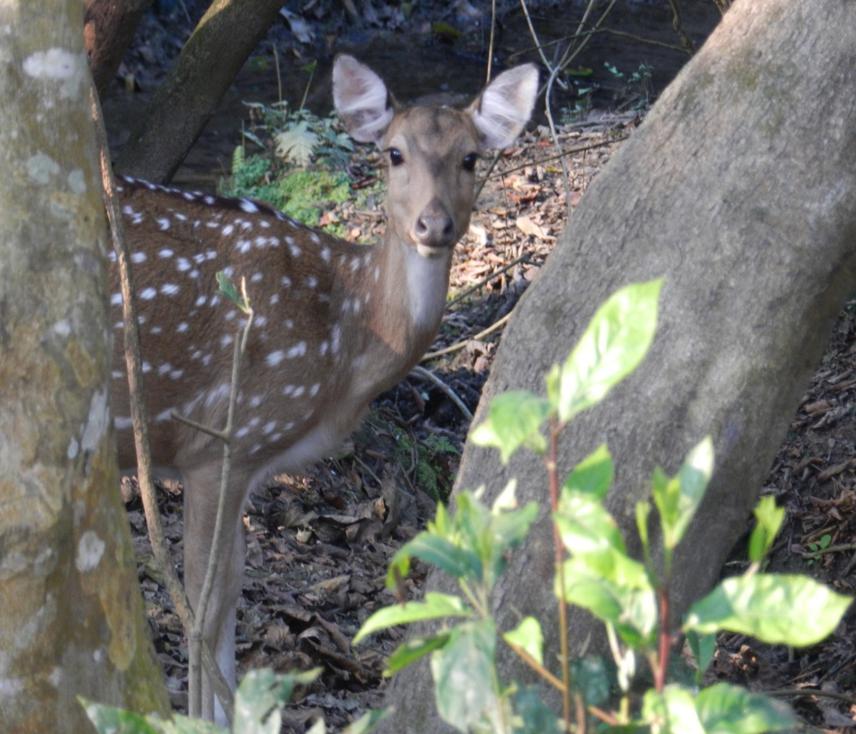Raj Kumar Koirala
Other projects
11 Sep 2014
Diet, Nutrition and Movement Pattern of Asian Elephant (Elephus maximus) in Nepal
17 Jan 2017
Diet Composition and Macro-Nutrient Prioritization of Migratory Elephants in Eastern Nepal
The basic aim of this project is to better understand the nutritional basis of habitat requirements by the principal prey of Carnivores (Tiger and Leopard), and hence for the carnivores themselves, and in subsequent projects, understand and anticipate the impacts of climate change on their habitat.

Recent developments in the geometrical modelling of nutrition have provided the basis for numerous studies demonstrating that the behaviour, physiology and performance of diverse animals are critically dependent on the balance of nutrients in their diet (Raubenheimer et al. 2009; Mayntz et al. 2009; Felton et al. 2009; Sorensen et al. 2008; Lee et al. 2008). While the majority of this work has taken place in the controlled conditions of laboratory experiments, two studies have shown that the nutrient-focussed approach can provide fundamental new insights into the nutritional ecology of free-ranging mammals in the wild (Felton et al. 2009, Rothman, J. M.,D. Raubenheimer, and C.A. Chapman.2011).
These developments have lead to excitement among ecologists about the potential of nutrient-level analysis for generating a revolutionary understanding of food chains (Kearney and Porter 2006, Simpson et al. 2009, Raubenheimer & Simpson 2009; Kearney, M., Simpson, SJ. Raubenheimer,D& Helmuth,B,2010), including the management of critically endangered species (Raubenheimer & Simpson 2006). In particular, the strongly directed homeostatic responses of animals to the nutrient content of their diet can provide a level of understanding and predictability which far surpasses the more conventional ecological analyses built on foods, rather than nutrients. In this project I propose to apply the new nutrient-focussed perspective to understand how plant nutrients influence the distribution and habitat requirements of the principal prey of the tiger and leopard in Chitwan and Parsa and therefore the habitat requirements of these carnivores themselves.
This project will represent a model study in modern nutritional ecology, and will also generate new insights into the ecology of the charismatic species like tiger and its interactions with the herbivores on which it preys. Further, since the distribution of plant nutrients is a major route via which climate change impacts on ecosystems, my study will provide a much-needed baseline for long-term monitoring of the impacts of global change on tiger ecology in Himalayan subtropical forests like Chitwan and Parsa.